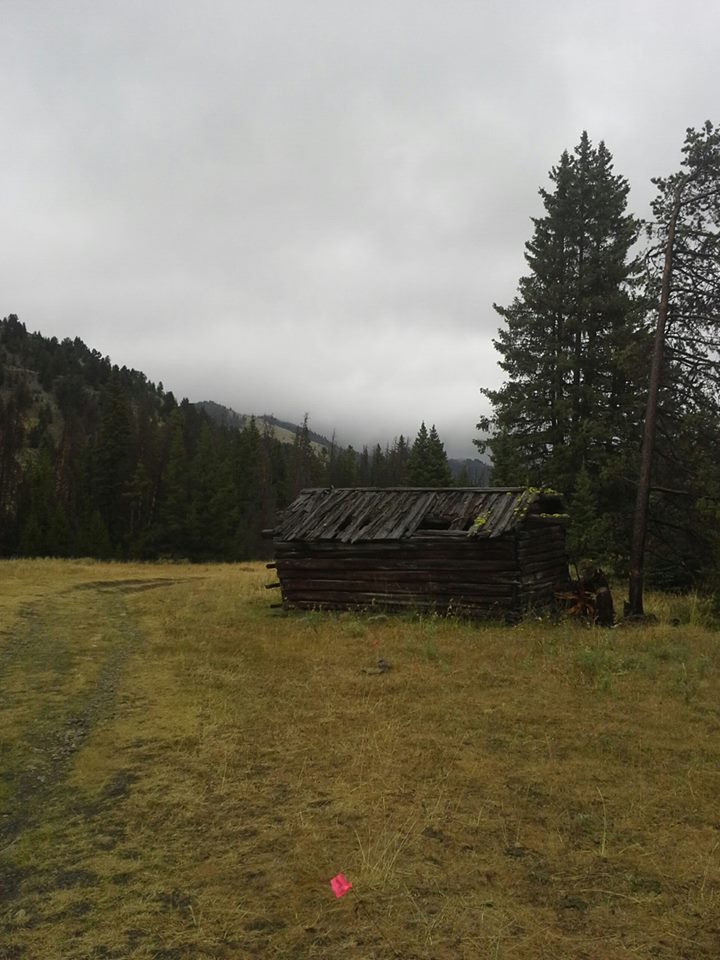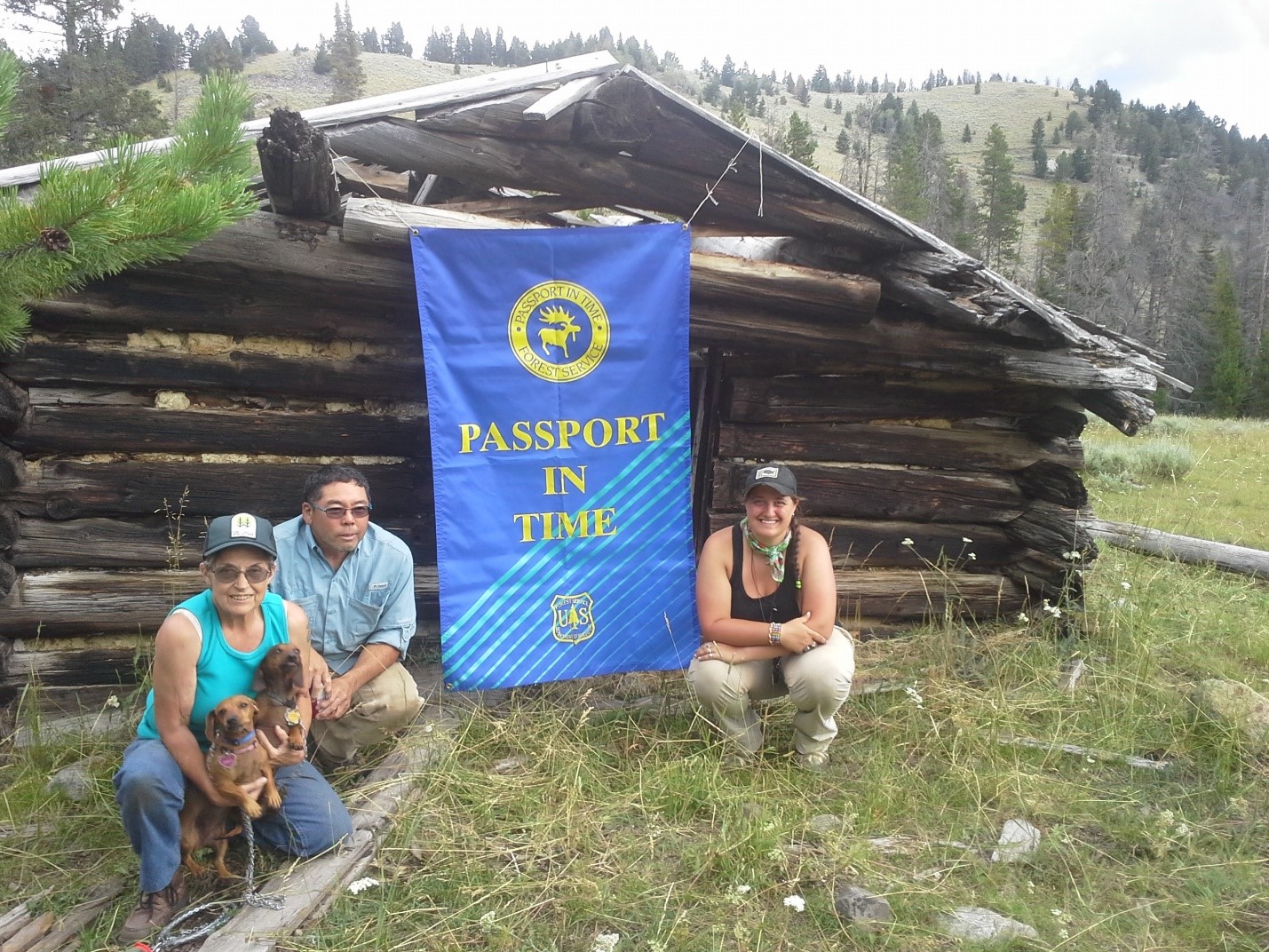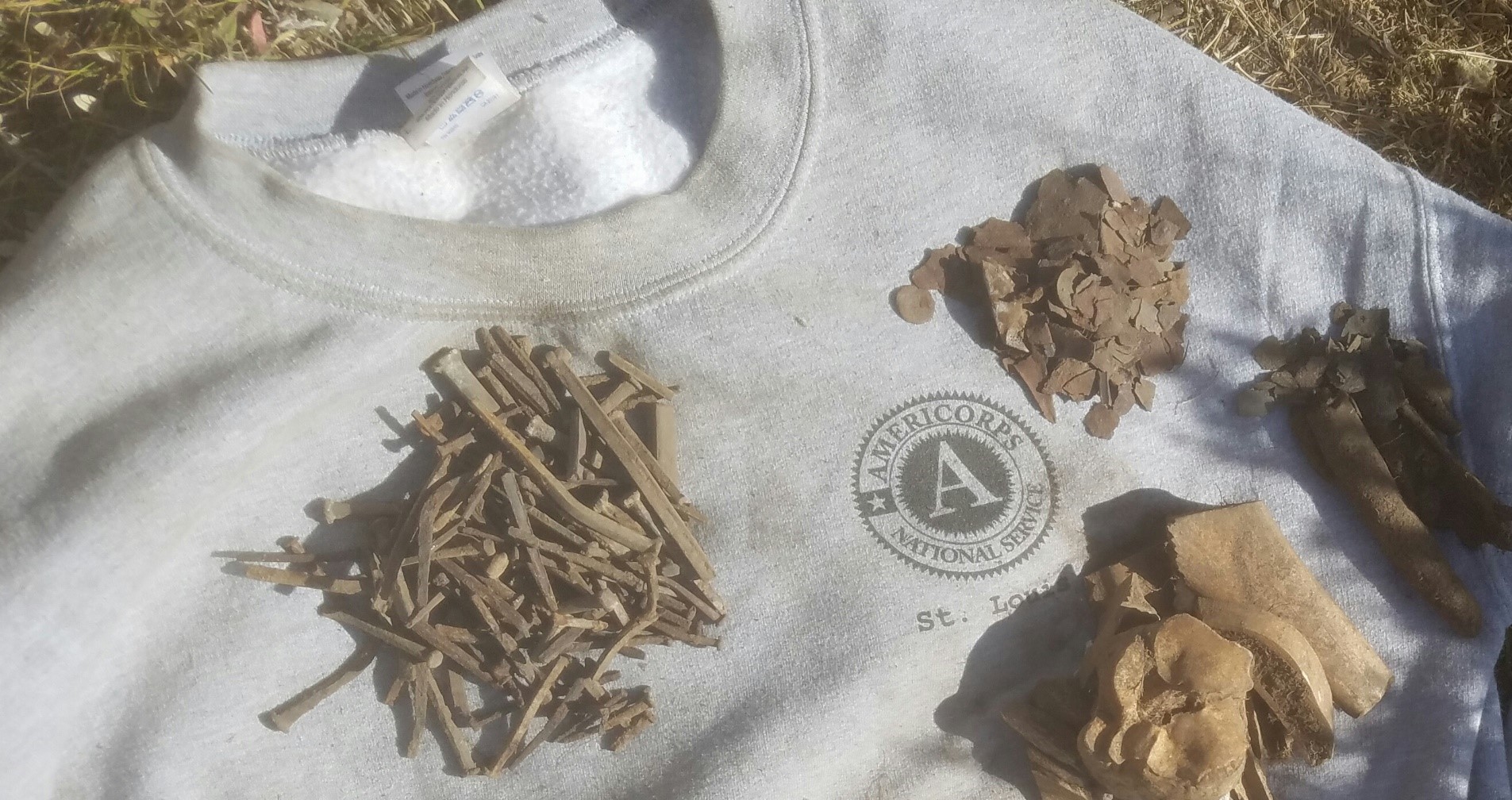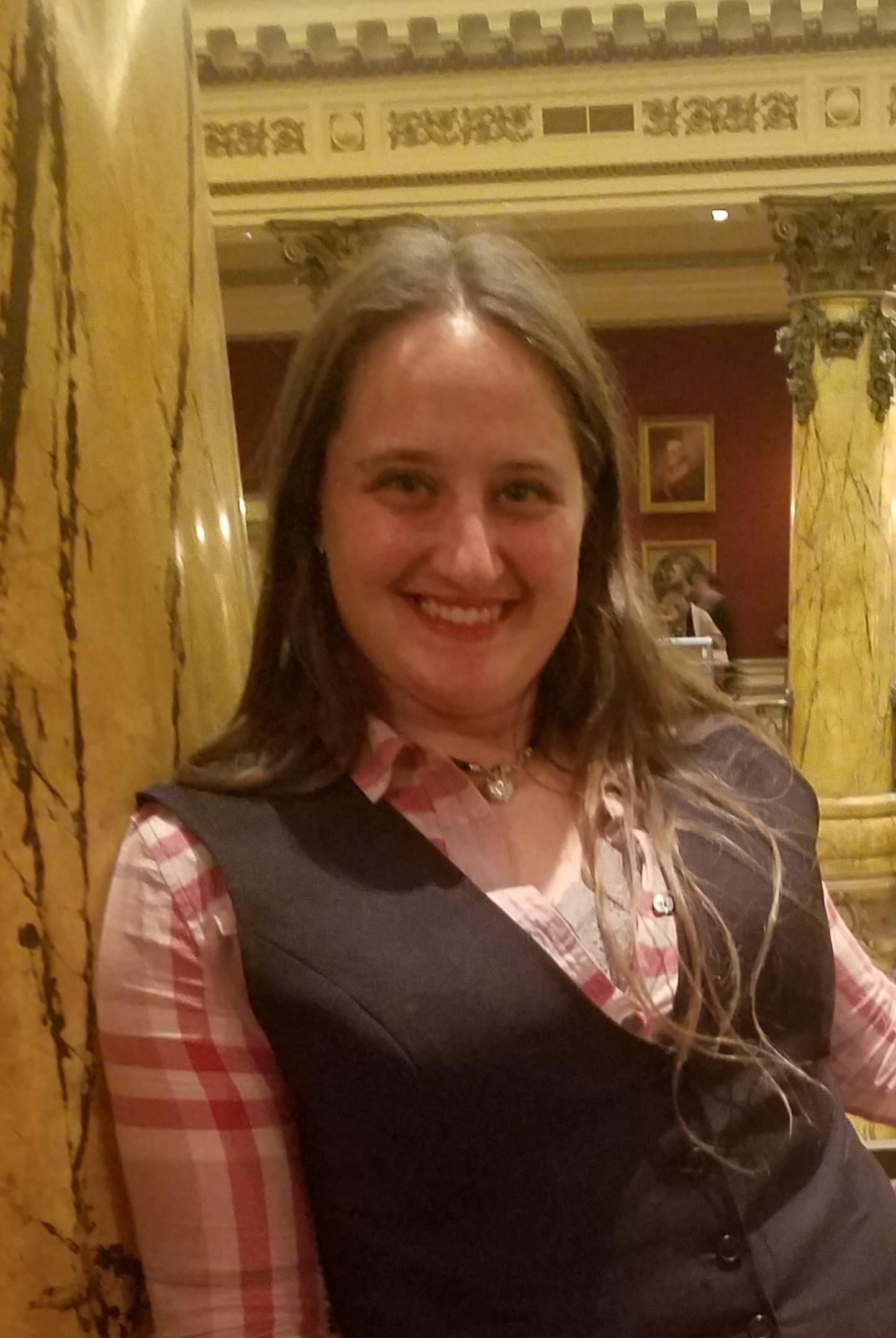I
am an anthropological archaeologist with a focus on historical archaeology,
encompassing sites from between roughly 1500 and 1900 AD. Specifically, I
examine three main topics: 1.) commensality, which is the way that people
interact through food and drink and all of the negotiations and nostalgia that
comes with those interactions; 2.) the archaeology of alcohol within drinking
spaces, such as taverns, saloons, and coffeehouses; and 3.) the archaeology of
frontier spaces.
I
received my B.A. in Anthropology from the University of Michigan in Ann Arbor,
Michigan (2010), my M.A. in 2012 and my Ph.D. in 2018, both from the William
& Mary in Williamsburg, Virginia.
Most recently, I was a postdoctoral scholar at the Stanford Archaeology
Center at Stanford University in northern California, where I directed the
archaeological excavations of the Arboretum Chinese Labor Quarters (ACLQ)
Project, which examined the daily lives of the Chinese workers who lived at the
Arboretum Chinese Labor Quarters (1880s to 1925) and were employed at Leland
Stanford’s Palo Alto Stock Farm and, later, at Stanford University during its
early years. The ACLQ Project focused on these workers’ quotidian activities,
with the specific aim of understanding what these individuals were doing when
they were not laboring, including commensal politics and leisure. This research
also focused on understanding the workers’ living conditions, what they ate and
drank, and whether there were any women or children present at the Labor
Quarters.
My
archaeological research has focused extensively on the Atlantic coast on the
United States, especially in Maine and Virginia, and in the Rocky Mountains of
Montana, although I have also conducted excavations in northern California, in
the Midwest and in the Gulf of Mexico. Additionally, while my work is
historical archaeological in nature, I have excavated on sites from the Archaic
period in North America up through the first half of the 20th
century. This experience allows me to take a holistic approach to the
examination of Historical Archaeology in North America by broadening my approach
to interpretations of conflict, resilience, and innovation.
I
have worked extensively on archaeology of the English Colonial World in North
America, including excavations at the fishing village and trading post on
Smuttynose Island within the Isles of Shoals, Maine (1623-1780s), Virginia’s
colonial capital of Williamsburg, including the eighteenth-century Raleigh
Tavern (a favorite of George Washington and Thomas Jefferson), and sites
throughout the 17th and 18th-century Chesapeake Bay. It
is within the Atlantic World and the English Colonial World that much of my
current research takes place – the Molly House Project. The other geographic
focus of my research is that of the American West, with an eye to the mining
frontiers of the 19th century. It is within this sphere my second
ongoing research project, the Highland City Project, takes place.
One
of my current research projects focuses
on homosexuality and the 18th-century taverns which were known as
molly houses in England and English Colonial North America. These molly houses
served as clandestine locations for gay men and cross-dressers to
interact, to socialize with others ‘like them’, to engage in more intimate
relations, and to perform in elaborate gendered performances of marriage and
birth. Taverns were largely male
drinking spaces in the 18th century, and yet these were also one of
the few places where women – especially unmarried or widowed women – could not
only work but manage the business affairs. It is striking that these locations
were the ones chosen for molly houses, rather than other, more gender-ambiguous
locations. Currently, no archaeologists
have excavated a known molly house or identified a tavern assemblage as
possibly being connected to mollies – those homosexual males who frequented the
molly houses.
The Molly House Project seeks to conduct the first archaeological excavations of these institutions, not only in England, but in the English Colonial World, examining locations in New York, Virginia, and South Carolina. The project tests the hypothesis that the clandestine activities within molly houses leave a marked effect on the institution’s material culture. Historical research on molly houses has only taken place within the past two decades. The Molly House Project, therefore, pioneers the archaeological exploration of these spaces of homosexuality and provides a window into the homosexual communities of the 18th-century English (Colonial), which operated under the threat of capital punishment if exposed and lays bare nuances of gendered performance within larger tavern assemblages.
The Highland City Project builds off of my doctoral research, which took
a comparative approach to the ways that individuals establish their
socio-economic statuses within drinking spaces of borderland communities
through an examination of the gold-mining town of Highland City, Montana. Three
years of excavation (2013, 2014, and 2016) generated an assemblage of over
30,000 artifacts, spanning the life-history of the mining town-turned-ghost
town. The Highland City Project explores the role of the saloon as a place of
negotiation, resistance, and interaction in both 19th-century
frontier and urban settlements, while also examining them as places of
inequality where individuals of certain races or genders were left out of these
conversations and often out of the buildings themselves.
Present scholarship on frontier landscapes describe these spaces as zones of meeting, interaction, dynamism, and change. Further, the geographic, ecological, economic, and political processes that are inherent within these locales shape them, rendering them far from static. I use this framework to examine the ways in which frontier inhabitants negotiated socio-economic standing with their peers and reacted – and interacted – with their often-remote physical environment. As such, this focus also sheds light on the way that borderland inhabitants navigated the often-obtuse legislation made by a metropole too distanced geographically and experientially to accurately understand frontier zones. Specifically, drinking spaces, such as saloons, act as a lens through which I seek to untangle the microeconomics of frontier spaces more broadly.
See Dr. Victor discuss the history/archaeology of Piracy here: link to presentation
Archaeogaming
Another
one of my research projects examines archaeogaming, which is the
intersection of archaeology and video games. It is often grouped within
larger examinations of ludology (the study of play/game studies), and
within digital archaeology. Generally, there are three main foci within
the subfield of archaeogaming:
1. The study of the material culture of video games: cartridges, CDs, consoles, controllers, PCs, game guides, cases, etc. We study this the same way we would study the material assemblage of any other profession, hobby, or toolkit.
2. The study of representation of archaeology or archaeologists in video games - how are archaeologists portrayed? Is there a divide between looting/treasure hunting and archaeology? Are there overt or covert themes of imperialism, academia, colonialism, mystery/magic, etc. built into the discussions and portrayals?
3. The study of past cultures within video games, using the digital landscape as the environment in which to conduct assessments of change over time, cultural exchange, etc.
My research focuses most on the second two aspects, with particular attention paid to the representation of archaeology and archaeologists within the scope of the Bethesda/Zenimax's Elder Scrolls games. I also examine the changes in culture through time, as shown by digitally-rendered archaeological evidence, within these games. I have also worked on a project that takes a comparative approach to the historical accuracy of games such as Rockstar's Red Dead Redemption by comparing the material culture within the game's 19th-century American West setting to that recovered from 19th-century archaeological sites in the American West.- Opening remarks for the Archaeogaming Conference 2021: link
- Interview with Ritual Motion*: link
- Short lecture on Archaeogaming with slides and a Q & A given to Ritual Motion*: link
- *To access Ritual Motion content, you may need to create an free account
- Discussion on Archaeogaming and pedagogy from the Society for Historical Archaeology Conference Proceedings: link
- Discussion on commensal politics, taverns, ludology, and ESO from the ArGaCon Proceedings: link
Select Publications
- Victor,
Megan R. 2022. "An Examination of Alcohol and Commensal Politicis
within Taverns and Saloons of Resource-Extraction Communities.
Historical Archaeology 56:310-323. link to PDF
- Victor, Megan R. 2020. "International Tastes in Gold Town" in Artifacts that Enlighten - The Ordinary and the Unexpected. L. Stone, B. Heath, and P. Samford, eds. Society for Historical Archaeology. link to PDF
- Victor,
Megan R. 2019. Under the Tavern Table: Excavations at the Tavern on
Smuttynose Island, Maine and Implications for Commensal Politics and
Informal Economy. International Journal of Historical Archaeology. 23(1):34-56. link to PDF
- Historical Archaeology
- Commensality
- Archaeology of Alcohol in Drinking Spaces
- Archaeology of Frontier Spaces
Courses Taught:
-
Intro to Archaeology (103)
-
Historical Archaeology (259)
-
Archaeology of North America (243)

Raleigh Tavern Excavations at the Colonial Williamsburg Foundation (Williamsburg, VA)
Isles of Shoals, Maine


Highland City, Montana

Passport in Time (PiT Project) at Highland City, Montana

Artifacts sorted with Americorps St. Louis at Highland City, Montana
 Megan
Rhodes Victor
Megan
Rhodes Victor